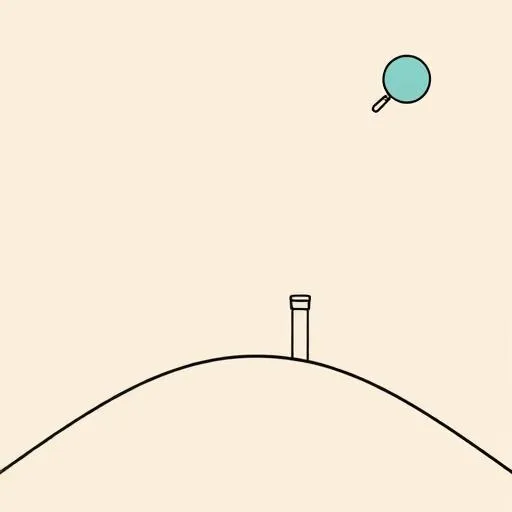
You know those days when the sky’s so clear you could almost trace the rooftops from miles up? Makes you wonder: what’s happening beyond what our eyes can catch? That’s exactly where something quietly revolutionary just took flight—sparking curiosity and wonder for parents and kids alike.
How Does Satellite AI Reveal What’s Hidden?
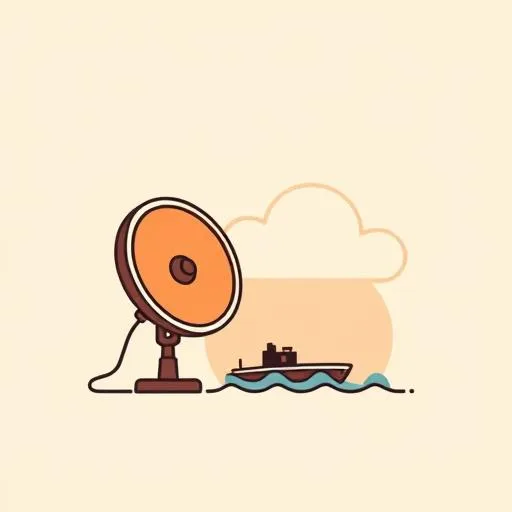
Picture this: a satellite’s-eye view cutting through storm clouds, pitch darkness, or thick fog—spotting ships sailing oceans, planes in transit, or vehicles on roads with near-perfect accuracy. Instead of straining your eyes or waiting hours, this system delivers pinpoint details in seconds. That’s the promise of Detect and Classify, the new AI tool from ICEYE and SATIM. It blends high-resolution radar satellite data with smart algorithms to turn blurry chaos into crystal-clear answers—instantly. Researchers pushed models like YOLOv5 to 94.7% precision for ship spotting, and now this tech wraps those smarts into one tidy package. Wild, right? It’s less about ‘magic’ and more about patience—the kind that watches rice simmer while you’re distracted by a toddler’s block tower collapse. The kind of steady progress that pays off when you least expect it.
Why Is Speed More Than Just Efficiency for Parenting?
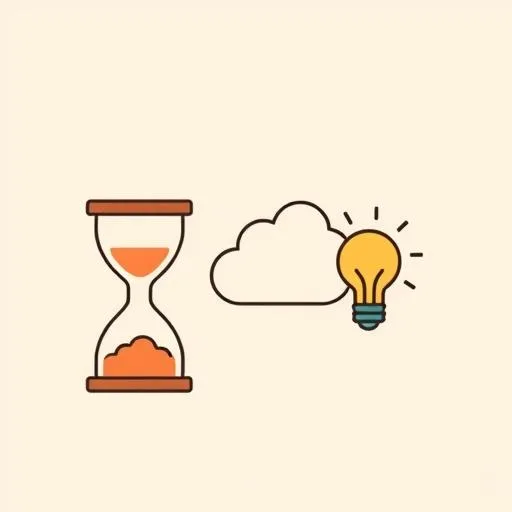
Here’s what warms my heart: this tool isn’t just for covert ops. It’s a nudge toward something deeper for our kids. ICEYE’s satellites cover 60,000 square kilometers in one go—that’s like mapping the entire school run while making breakfast—and SATIM’s AI spots objects faster than we can say ‘Where’s my shoe?’ But speed alone? Hollow. Remember that time you frantically searched for a lost Lego piece before bedtime? Relief hit ‘instantly’—but the real win was how your child learned to stay calm while scanning the room. And it’s the same with tech. It’s not the algorithm’s speed that matters most, but how it frees humans to ‘breathe’ and make wiser choices. For our little explorers, it’s a lesson in tools serving humanity, not the other way around.
So How Can We Bring That Same Sense of Discovery Home?
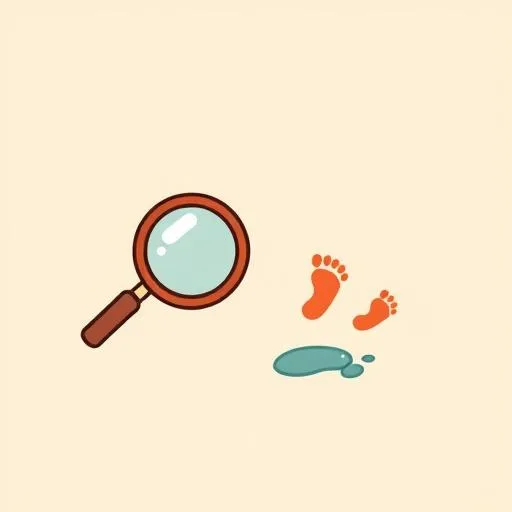
When I see tech like this, I don’t think ‘more apps for kids.’ I think: ‘How do we nurture their innate superpower—curiosity?’ This satellite AI detects patterns invisible to us, but our children? They’re natural pattern-seekers. That shadow stretching across the pavement at sunset? The way pigeons scatter when a gust hits? That’s their take on satellite radar vision. Try this at home: On your next walk, play ‘spot the silent story.’ ‘What do these footprints tell us?’ ‘Why does this puddle shimmer?’ No Wi-Fi needed. Just shared wonder—a moment where East meets West over cracked pavement stories. Because when kids learn to observe first with their eyes, the tech they use later becomes a flashlight—not a crutch. As ICEYE’s CEO noted, it’s about ‘faster, more informed decisions with less effort.’ Same goes for parenting: helping them ask why things are the way they are, not just passively accept them.
Here’s What I Mean—What If Tech Inspired Empathy and Connection?
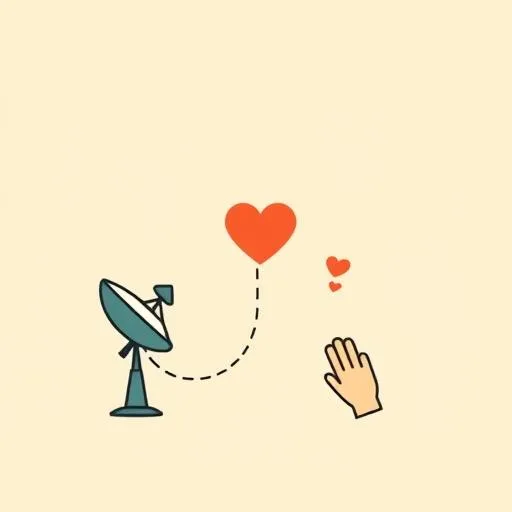
Let’s flip this. What if Detect and Classify inspired family talks about how the world connects? ‘What if satellites could spot animals needing help?’ ‘What if we mapped kindness in our neighborhood?’ Suddenly, ‘geeky tech’ becomes a springboard for empathy. I’ve seen kids light up when they realize tools like this aren’t just ‘for grown-ups’—they’re helpers keeping oceans safe or aiding disaster relief. That’s the golden thread: tech as a collaborator in care, not just cold calculation. It mirrors how we’d want our children to use any tool—for lifting others up. So next time rain washes out park plans, ask: ‘How might someone see the world differently right now?’ Watch their minds stretch. When they see the invisible made visible through tech, they’re reminded that even hidden challenges have solutions worth finding.
Source: AI tool accelerates SAR image analysis with automated object detection, Space Daily, 2025/09/07 07:47:48
